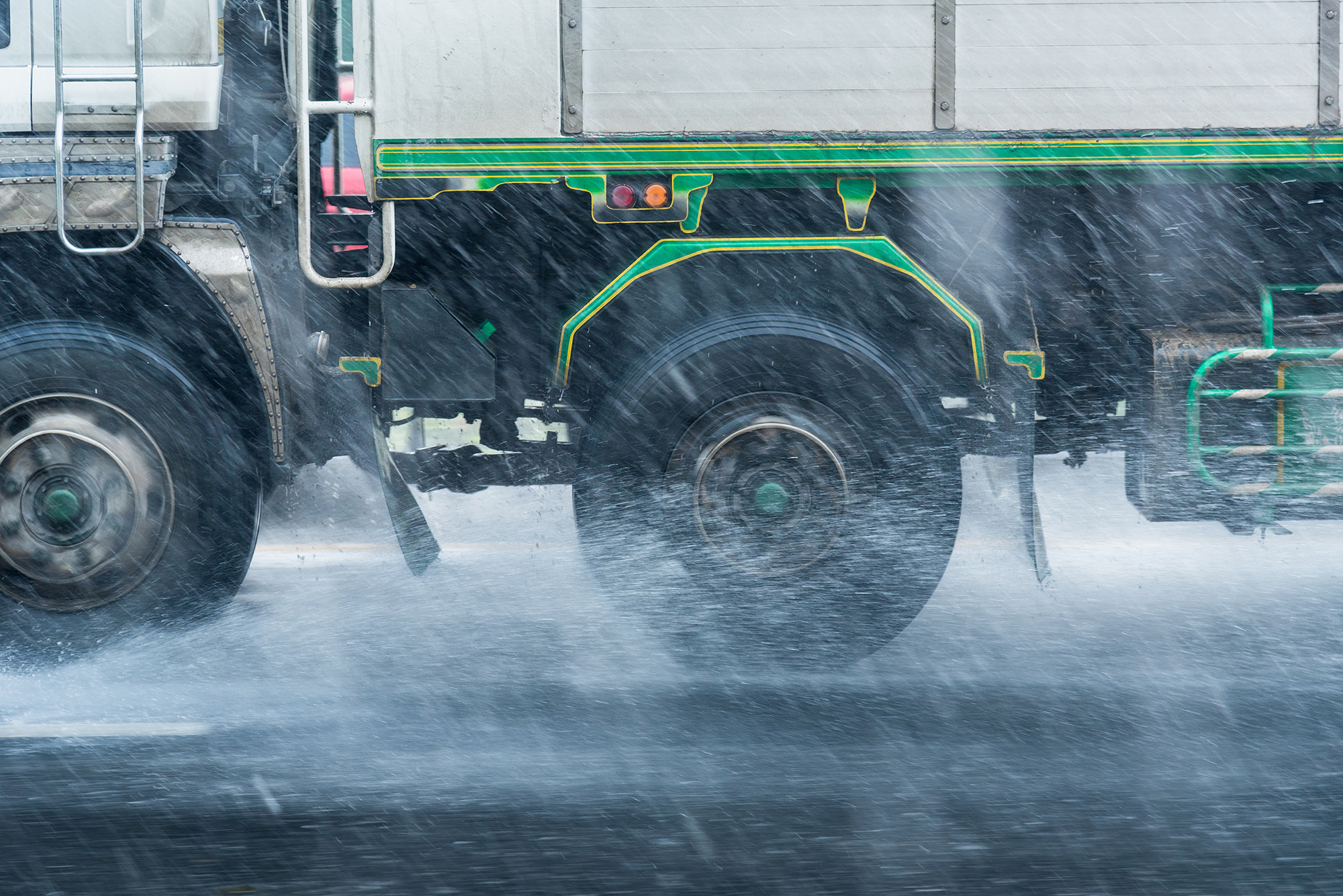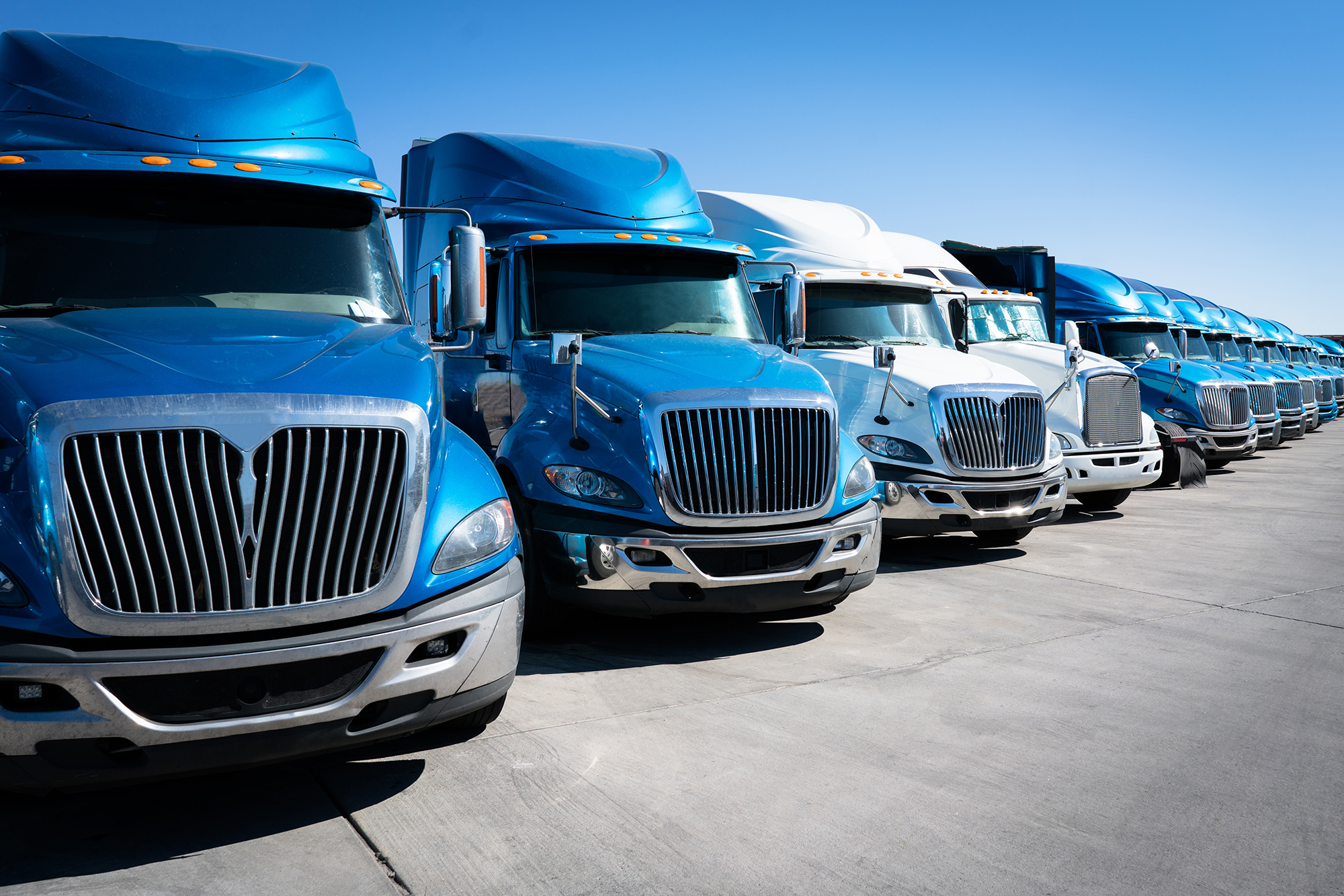Commercial vehicles, from delivery trucks to construction equipment, play a vital role in keeping our economy moving. However, their size and weight also mean they pose unique safety challenges. Ensuring these vehicles are operated safely is crucial for preventing accidents and protecting both drivers and the public. Whether you’re a fleet manager, driver, or just interested in vehicle safety, here are some essential tips to keep in mind.
1. Regular Maintenance is Key
 Maintaining commercial vehicles in optimal condition is critical for safety. A well-maintained vehicle is less likely to experience breakdowns or malfunctions that can lead to accidents.
Maintaining commercial vehicles in optimal condition is critical for safety. A well-maintained vehicle is less likely to experience breakdowns or malfunctions that can lead to accidents.
• Routine Inspections: Implement a regular inspection schedule to check brakes, tires, lights, and fluid levels.
• Preventive Maintenance: Follow manufacturer recommendations for oil changes, filter replacements, and other routine maintenance.
• Record Keeping: Keep detailed records of all maintenance and repairs to track the vehicle’s health and identify any recurring issues.
2. Prioritize Driver Training
 Even the most well-maintained vehicle requires a skilled driver to operate it safely. Proper training helps drivers understand how to handle the specific challenges of commercial vehicles.
Even the most well-maintained vehicle requires a skilled driver to operate it safely. Proper training helps drivers understand how to handle the specific challenges of commercial vehicles.
• Comprehensive Training Programs: Ensure drivers undergo thorough training that includes vehicle handling, defensive driving, and emergency procedures.
• Regular Refresher Courses: Offer ongoing training to keep drivers updated on best practices and new regulations.
• Testing and Evaluation: Regularly assess drivers’ skills and knowledge to identify areas for improvement.
3. Adhere to Load Limits and Secure Cargo
 Overloading and improperly secured cargo can lead to dangerous driving conditions and accidents.
Overloading and improperly secured cargo can lead to dangerous driving conditions and accidents.
• Follow Load Limits: Ensure that the vehicle is not overloaded, as excess weight can affect braking, handling, and overall stability.
• Secure Cargo: Use appropriate restraints and secure cargo to prevent shifting that could affect the vehicle’s balance and handling.
• Check Load Distribution: Evenly distribute the load to avoid issues with vehicle stability and control.
4. Promote Safe Driving Practices
Safe driving is crucial for preventing accidents and ensuring the safety of everyone on the road.
• Avoid Distractions: Encourage drivers to avoid using mobile phones or other distractions while driving.
• Observe Speed Limits: Adhere to speed limits and adjust driving speeds based on road and weather conditions.
• Maintain Safe Following Distances: Keep a safe distance from other vehicles to allow ample time for braking and maneuvering.
5. Implement Technology for Enhanced Safety
Advancements in technology can greatly enhance vehicle safety and help prevent accidents.
• Telematics Systems: Use telematics to monitor vehicle performance, driver behavior, and real-time location.
• Safety Features: Equip vehicles with advanced safety features such as lane departure warnings, automatic emergency braking, and adaptive cruise control.
• Dashcams: Install dashcams to record driving conditions and provide evidence in case of disputes or accidents.
6. Prepare for Adverse Weather Conditions
 Weather conditions can significantly impact driving safety. Preparing for and responding appropriately to adverse weather can prevent accidents.
Weather conditions can significantly impact driving safety. Preparing for and responding appropriately to adverse weather can prevent accidents.
• Vehicle Preparation: Equip vehicles with appropriate tires for the weather conditions and ensure windshield wipers and defrosters are functioning properly.
• Adjust Driving Habits: Reduce speed, increase following distances, and avoid sudden maneuvers in poor weather conditions.
• Plan Routes: Check weather forecasts and plan routes to avoid areas prone to flooding or severe weather.
7. Ensure Compliance with Regulations
 Adhering to regulations is essential for legal and safe operation of commercial vehicles.
Adhering to regulations is essential for legal and safe operation of commercial vehicles.
• Regulatory Compliance: Stay updated on and comply with local, state, and federal regulations regarding vehicle operation, maintenance, and driver qualifications.
• Record Keeping: Maintain accurate records of inspections, maintenance, and compliance with regulations to avoid legal issues.
8. Promote a Culture of Safety
Creating a culture of safety within a fleet or organization can lead to more consistent and effective safety practices.
• Safety Programs: Develop and implement safety programs that emphasize the importance of safe driving and vehicle maintenance.
• Encourage Reporting: Foster an environment where drivers feel comfortable reporting safety concerns or issues with their vehicles.
• Recognize and Reward: Acknowledge and reward safe driving practices and adherence to safety protocols.
By following these commercial vehicle safety tips, you can contribute to safer roads and help protect the well-being of drivers and the public alike. Remember, safety is an ongoing process that requires commitment and vigilance from all parties involved. Safe driving!



